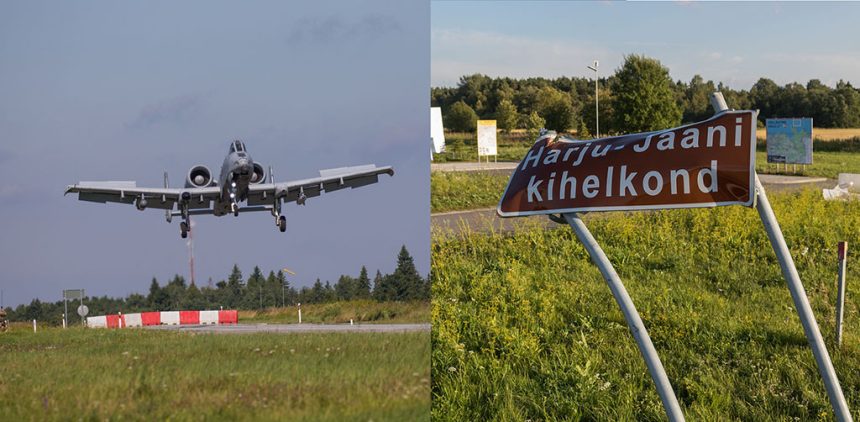Beware of road signs when you land your combat aircraft on a public road!
On Aug. 10, one of the ten A-10C Thunderbolt II aircraft assigned to the 104th Fighter Squadron, Maryland Air National Guard, performing landing and take off training from an extension of Jägala-Käravete Highway, a portion of the longer road known as Piibe Highway, in Northern Estonia, hit and damaged a road sign at roughly 3.15 PM local time.
Although the Warthog, carrying a dummy AGM-85 Maverick missile and a Litening ATP (Advanced Targeting Pod) did not suffer significant damage (the Thunderbolt II is an extremely sturdy plane, able to survive much more than a few scrapes) and was able to take off again later on, the highway remained closed until the following morning.
The incident is under investigation; based on the photographs it seems that the aircraft (AF 79-0108) may have approached the extension a bit too low and hit (with the right hand wing) the road sign along with a plastic barrier that marks the beginning of the highway section used as runway.
You can find several interesting shots here.
Top composite image made by editing shots by Mihkel Maripuu/Postimees.ee and Ardi Hallismaa/mil.ee








